Why India is a nation of foodies
- Published

Indians firmly believe that the family that eats together stays together
Food and family are possibly India's two biggest obsessions. The two define our identity and our personality to the point of both ridicule and delight, writes Ritu Agarwal.
For many Indians, "sitting down" with their family for a meal is one of the most important activities of the day.
As a country we firmly believe that the family that eats together stays together, and meal time is a strong source of family bonding, talking and sharing.
An Indian meal in fact, is always meant to be shared. Everyone eats a bit of everything.

India on a plate
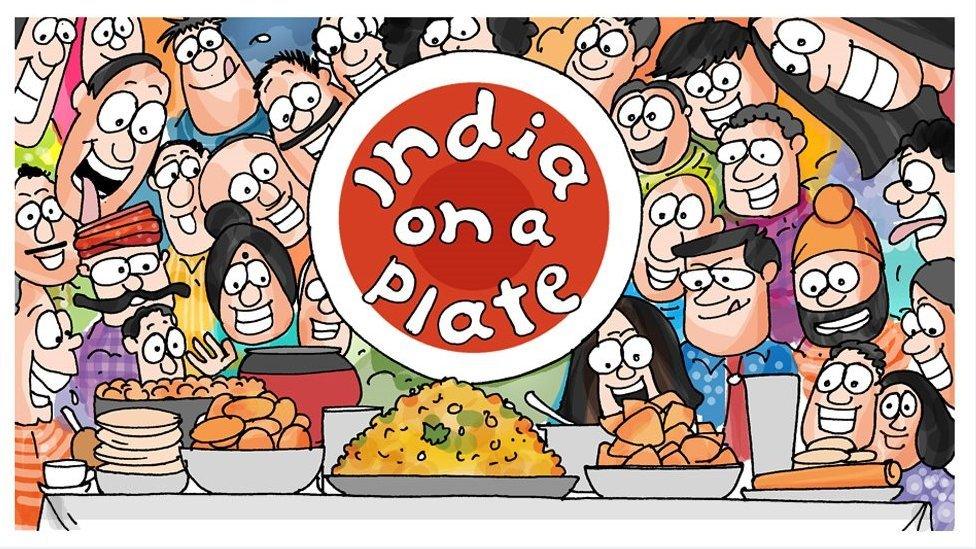
This is the first article in a BBC series India on a Plate, on the diversity and vibrancy of Indian food.

And we tend to get all nostalgic and fuzzy about food.
Manu Chandra, one of India's leading chef entrepreneurs, claims without a doubt that the cornerstone of his decision to work in the food industry stemmed from growing up in a joint family and their general celebratory attitude towards food.
His memories of "trips to the 'subzi mandi' (vegetable market) for seasonal fresh produce that defined daily menus, aunts sitting and peeling peas while watching TV with us, and karela (bitter gourd) being stuffed with a melange of spices and wrapped lovingly with thin thread before being pan seared and then unwrapped with painstaking patience to be eaten", inspire his food creations.
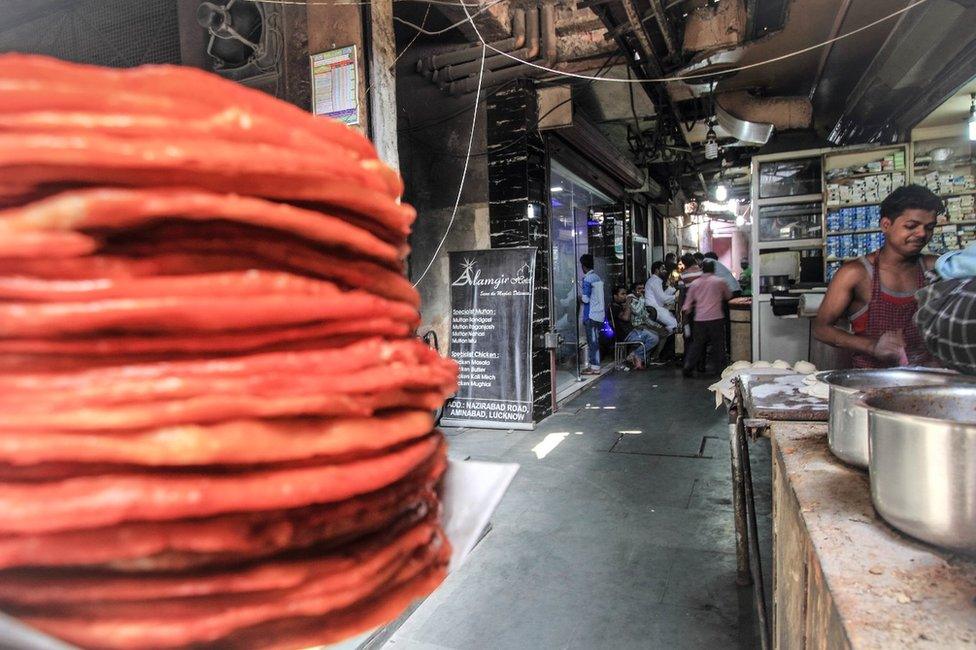
Indians tend to get all nostalgic and fuzzy about food
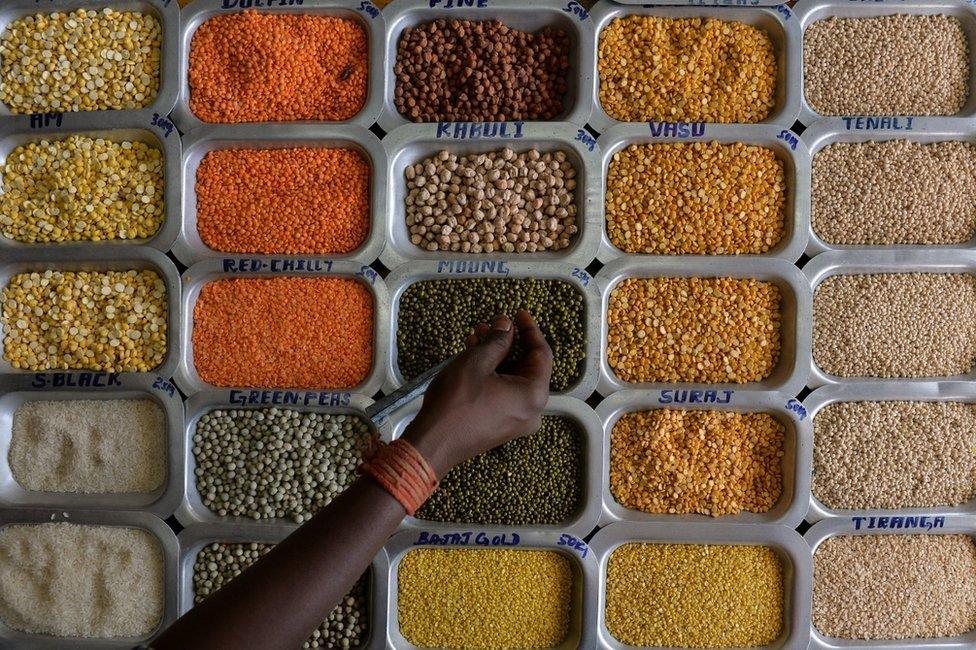
Indians pick out their food with painstaking patience
Every community in India has its own recipes, spices and cooking techniques. Or regions and states have the same general dish - but with their own unique twist.
So the baniya (trader) community (to which I belong) in the northern state of Uttar Pradesh cooks very differently to the baniyas of Rajasthan.
For years India has struggled to translate this finicky food fastidiousness to restaurants.
Until very recently, fine dining was confined to the hallowed portals of glitzy five star restaurants, while for everyone else, eating out largely meant street food, dhabas (highway eateries) or cliched restaurants which dished out ubiquitous black lentils and butter chicken.
For those of us who grew up in small towns, social eating only took place at weddings and other celebrations.
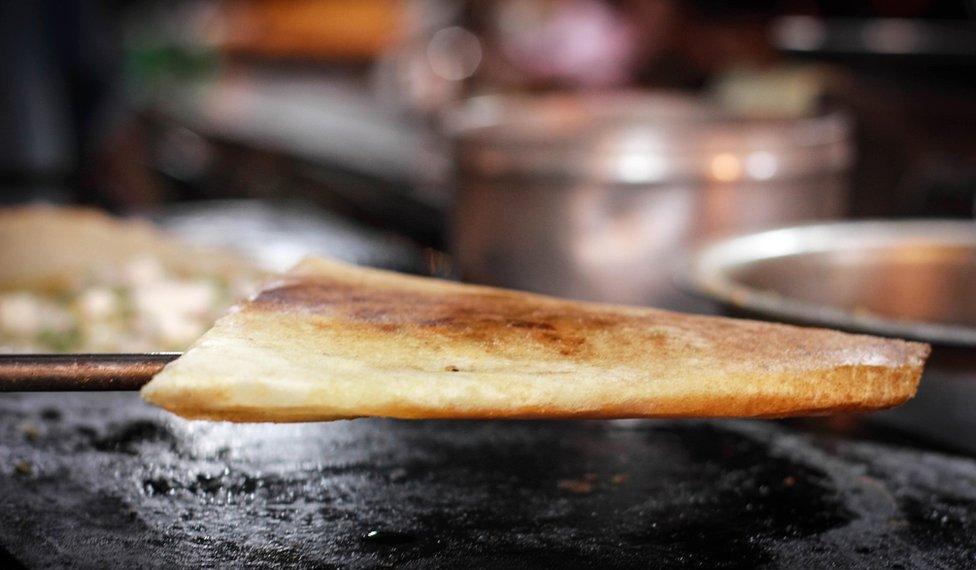
Different states and communities have different takes on the same kinds of food
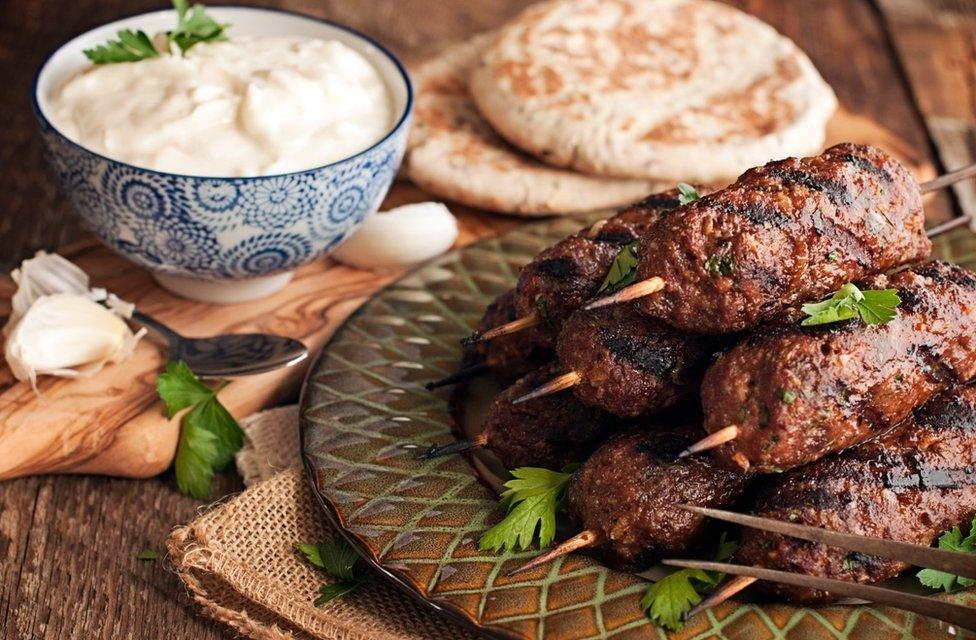
Indians also use food as a beautiful way of honouring the dead and celebrating life
But food is not just limited to feasting. Indians stay focused on food even when fasting.
Two major fasting periods in our community were Krishna Janashatmi, celebrating the birth of Lord Krishna, and Navratri, a nine day period that worships the Goddess Durga.
For the first festival, as children, even we joyously "fasted" with our elders as delicious fried treats - apparently made from certain ingredients that are permissible to eat even while you fast - were dished out all day. Even here "permissible" ingredients would differ from household to household, which meant that all in all, the fasting would end up becoming one long party which ended at night with some more amazing food for the entire family to sit down to.
Indians also use food as a beautiful way of honouring the dead and celebrating life.
When someone dies, it is tradition for a family to invite friends and neighbours on the 13th day for a meal comprising the favourite foods of the deceased. This meal, I was told, is meant to signify that the family should now stop mourning and go back to normal life.
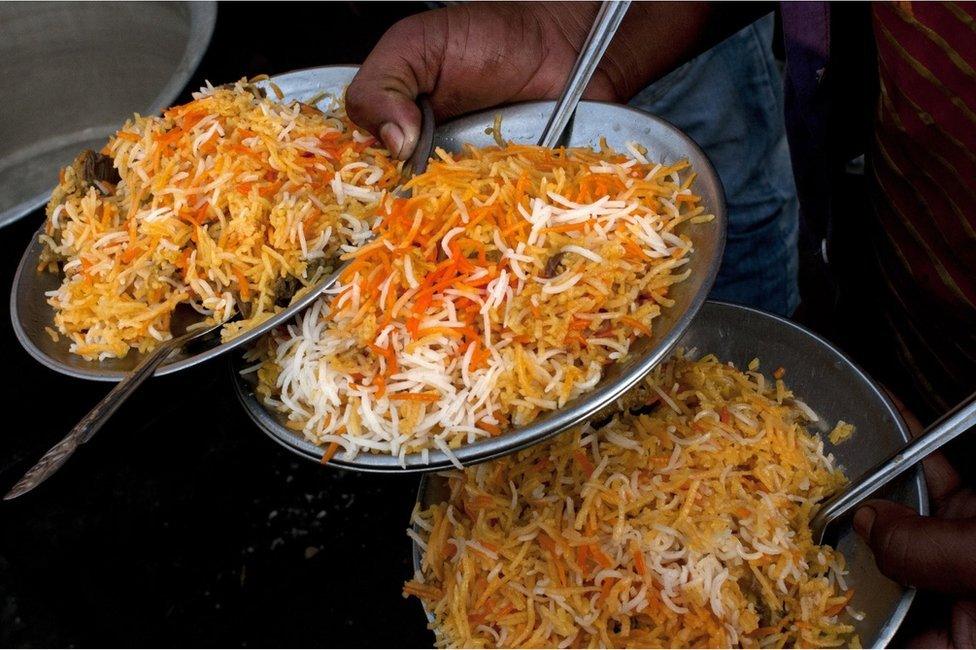
From mum's kitchens to kitchens across India, food is central to Indian people's experiences
But for a country that is so fixated on food we also can be pretty ill-informed about our fellow countrymen's eating habits.
As someone from north India, I firmly believed every "south Indian" was vegetarian and ate only idli, vadas and dosas (rice pancakes and fritters).
When I shifted to the southern city of Bangalore years ago, I was shocked to discover that every region and every community from the four southern states had very diverse cuisines, robust with meats, including pork and beef.
Similarly, my new friends considered all north Indian food to be "Punjabi" (the state of Punjab having given the universally popular Dal-Naan-Chicken Tikka Masala to the world) and were equally baffled with my cooking.
Circa 2016 and we have come a long way.
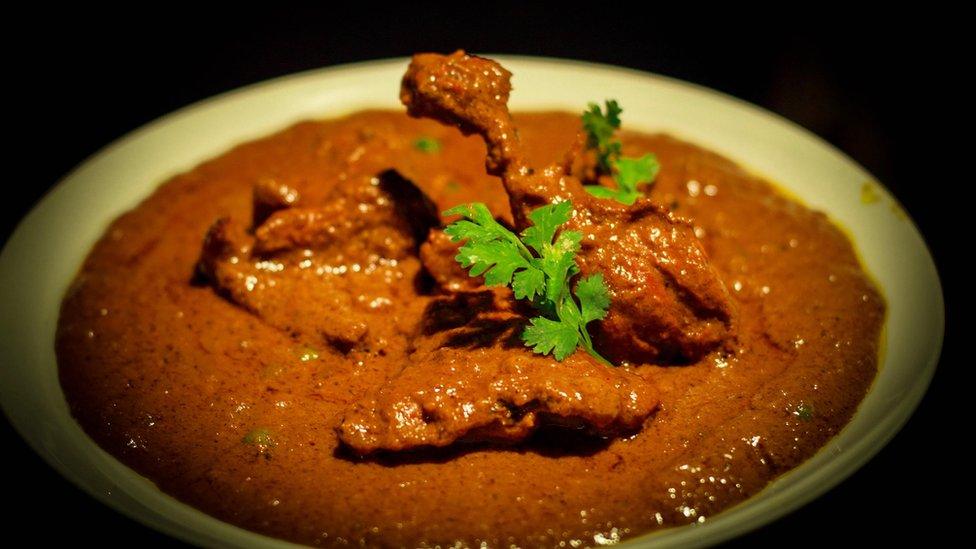
Indians are finicky and fastidious in how they like their dishes to taste - presenting a big challenge for restaurants
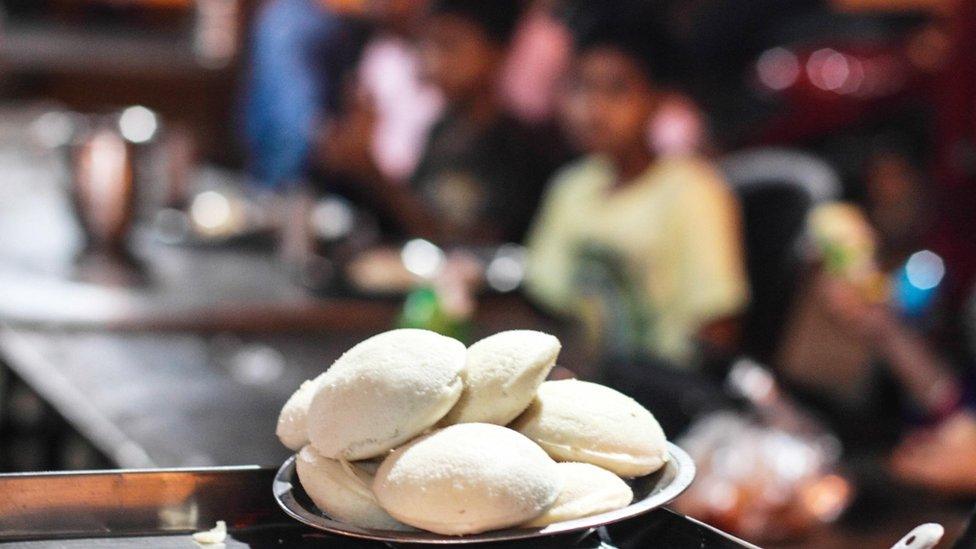
An Indian meal is always meant to be shared
Regional cuisine and local flavours are crossing state boundaries and India's food scene is booming. Young chefs are innovating fabulously and after having found faithful followers in India are now taking their cuisines overseas.
From mum's kitchens to restaurant kitchens across the country, food is India's biggest obsession - quirky though some of our tastes may be.
Be it Desi (Indian) Chinese, the most popular foreign cuisine in the country, the British Raj influenced "continental", or Mughali food - an entire concept birthed in the kitchens of the royal Mughal Emperors, we have been influenced by many cooking styles over the ages.
Yet, we are Indians and we like our food, our way. And not necessarily in small plates.
Ritu Agarwal is a lifestyle journalist with over 20 years of experience with mainstream media houses